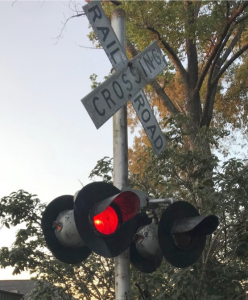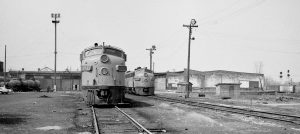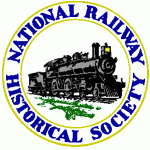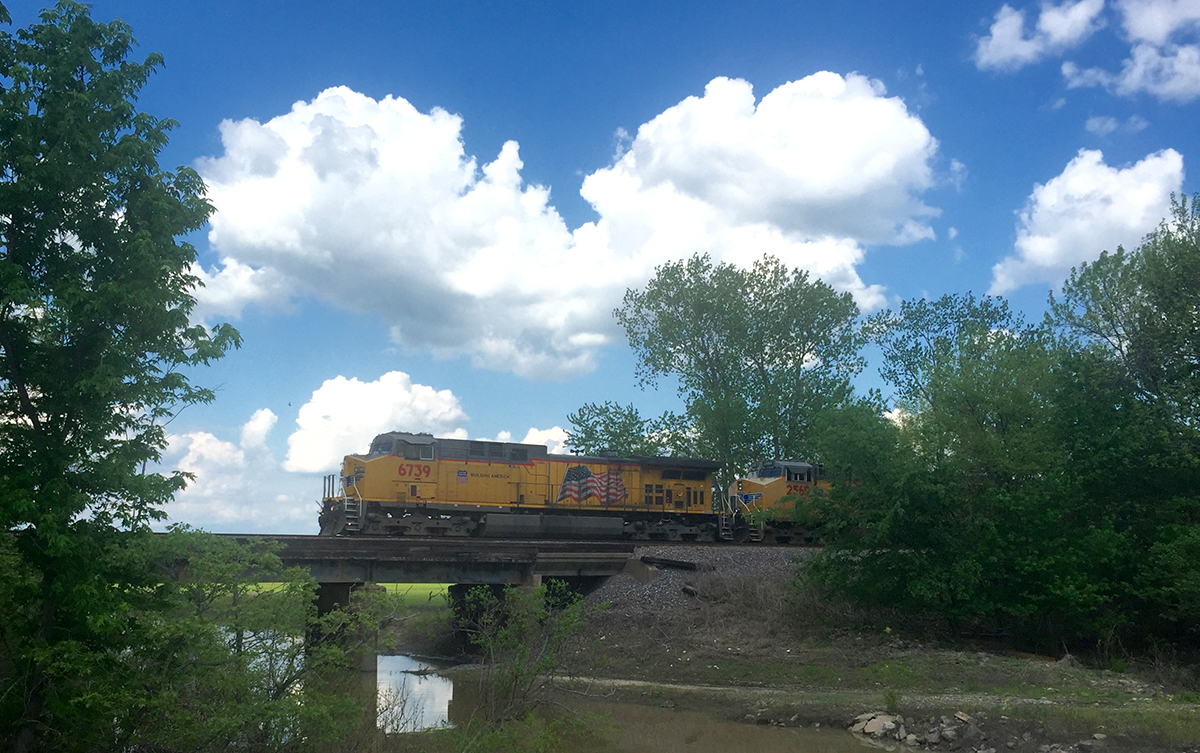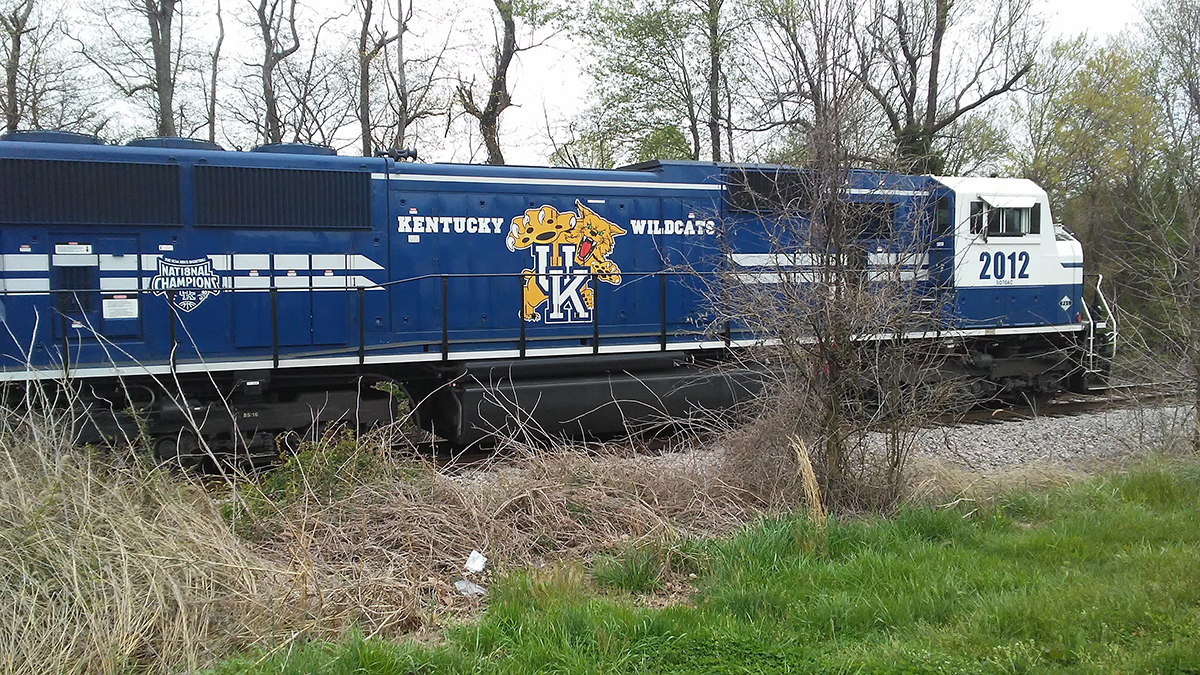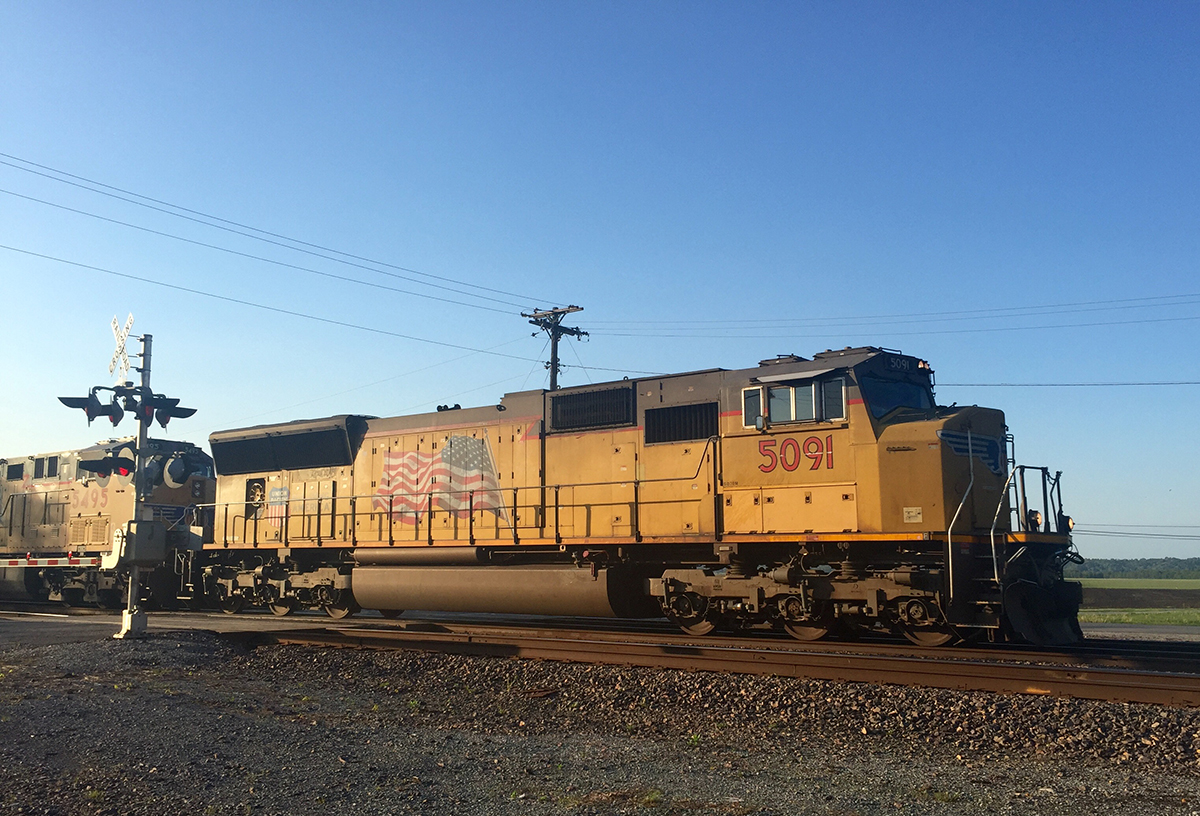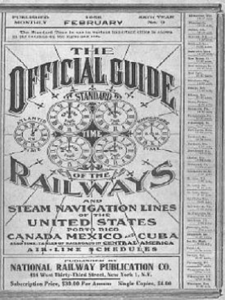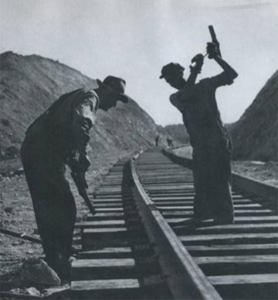 UP COMING PHOTO CONTEST – September 15-30, 2018
UP COMING PHOTO CONTEST – September 15-30, 2018
Submission Deadline , October 7, 2018
Get out there! , Never know what you’ll find on the rails!
Below are the dates for other upcoming chapter photo contests. During the months listed all members are invited to shoot pictures and submit no more than two entries each to webmaster@westkentuckynrhs.org by the deadline listed with each contest. You must be a paid member of the chapter to participate in these contests.
Jim Pearson or the membership will judge the photos and select 1st through 3rd place and the winners will be presented in the Pennyrail and on the chapter website. We’ll also view them at the meeting following each contest.
At least the 1st place winners will be used to produce a chapter calendar for the next year.
All submissions must have a caption that lists at least the railroad, location and date with photographers credit and any other relevant information.
November 15-30, 2018
Submission Deadline: December 7, 2018
January 15-30, 2019
Submission Deadline: February 7, 2019
March 15-30, 2019
Submission Deadline: April 7, 2019
May 15-30, 2019
Submission Deadline: June 7, 2019
July 15-30, 2019
Submission Deadline: August 7, 2019

